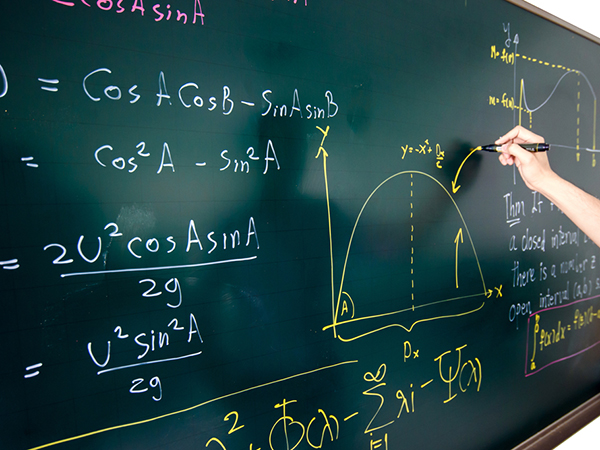About This Lesson
This is a unit written for an Algebra 2 / Math Analysis compression class composed of 10-11th graders. This unit covers how to graph and transform graphs of rational functions. It starts with review of polynomials before having students explore discontinuities, end behavior and more elements of rational functions. The unit culminates in an art project where students create a picture out of a variety of functions. This will demonstrate their mastery of the functions because they must adjust the equations to have the functions come together in the desired way. While the unit is intended for a compression class, it would be appropriate for a Math Analysis / Precalculus course, though it may need to be stretched over a few more days in that situation.








